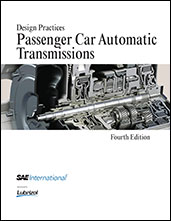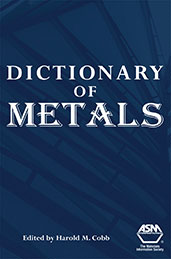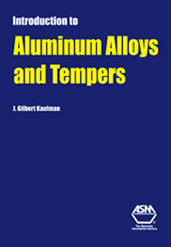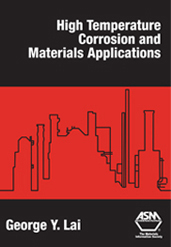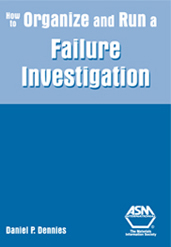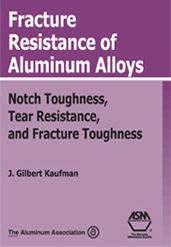Book

Helicopter Crash Litigation
2010-09-27
This book is an essential volume for any lawyer litigating a helicopter crash case. No other book is devoted exclusively to the representation of plaintiffs in helicopter crash cases. These unique cases require a different approach and techniques, which you will learn from accomplished trial lawyer Gary Robb, who has used these same techniques in a brilliant career as a trial lawyer. In this book, Robb leads you through the myriad complexities that inevitably arise from cases involving these unique flying machines. This indispensable text travels through the different knowledge and skill sets critical in the successful handling of these cases, ranging from the basic elements of helicopter structure and flight, through the preliminary factual investigation, filing the case, discovery, common defenses, damages and trial. Real helicopter case examples are utilized throughout so as to give context to the suggestions and techniques discussed.


